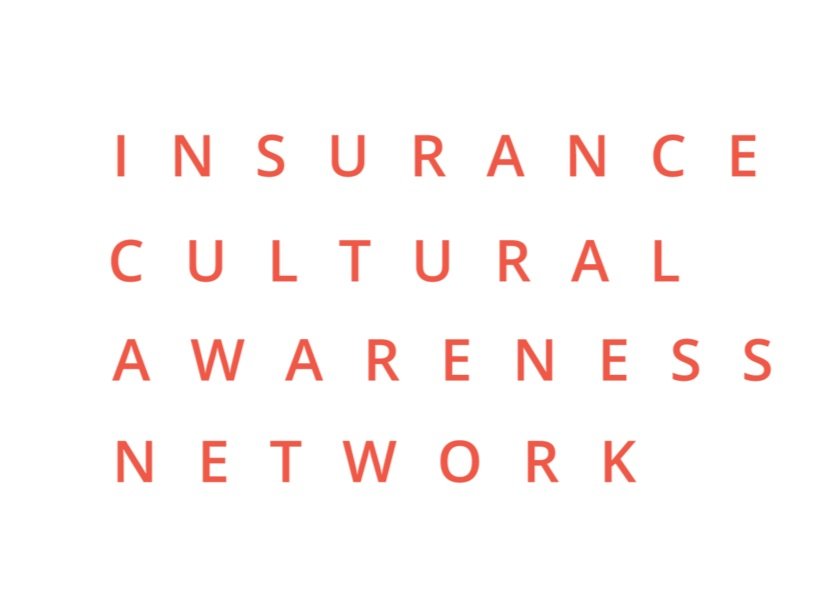Lunar New Year - the Year of the Rabbit
iCAN would like to wish you prosperity and wealth as we celebrate Lunar New Year and enter the year of the rabbit!
Learn more about Lunar New Year below…
What is Lunar New Year?
Lunar New Year is the beginning of the new year in the lunisolar calendar and one of the most important and festive celebrations for many cultures across the world.
Each year in the Lunar calendar is represented by one of 12 zodiac animals; the rat, ox, tiger, rabbit, dragon, snake, horse, sheep, monkey, rooster, dog and pig.
2023 is the year of the rabbit.
Where and when it is celebrated?
Originating from ancient China (and sometimes referred to as ‘Chinese New Year’), Lunar New Year is celebrated by numerous countries and cultures around the world, particularly in east and southeast Asian countries such as China, South Korea, and Vietnam, among others. China’s Lunar New Year is known as the Spring Festival or Chūnjié in Mandarin, while Koreans call it Seollal and Vietnamese refer to it as Tết.
In 2023, Lunar New Year falls on 22nd January, but typically festivities can last up to 16 days – starting at the first new moon of the lunar calendar, and ending on the first full moon.
How is it celebrated?
Each culture may celebrate the Lunar New Year differently.
Cleaning the house ready for the new year is a beloved tradition, as are shopping at markets, dragon dances, lantern festivals.
Some households may hold rituals to offer food and paper icons to ancestors. Others post red paper and banners inscribed with calligraphy messages of good health and fortune in front of, and inside, homes. Elders give out red envelopes containing money to children.
Food forms a central part of the celebrations and traditional new year foods include longevity noodles, whole steamed fish for abundance, sticky rice balls for togetherness.
How are our members celebrating?
Felix Wong, iCAN’s Head of Thought Leadership, and Exec Assistant to the COO at Allianz
“For me, Chinese New Year begins early with messages, photos and voice notes from relatives in Australia and Asia pinging through on WhatsApp ahead of the UK time zone. After that, I take the time for reflection, sending love and appreciation to friends and family at home and overseas, and of course lots of cooking and eating!”
Gerel Rentsenpurev, iCAN Associate
“For Mongolians, Lunar New Year or known as Tsagaan Sar is the celebration of surviving the harsh winter (mostly between -20C to -35C) without loss and welcoming spring and sun. People celebrate the elders of their family first and eat steamed dumplings, mutton, and drink fermented horse milk followed by gift-giving.
“Families start preparing for this celebration months ago and make over a thousand dumplings for visitors. The date of the Mongolian new year is slightly different than the Chinese new year each year. This year the celebration for us is in late February. It is a good way to check in with elders, meet relatives and celebrate our traditions. As it symbolises the celebration of survival, people don’t celebrate this day if they had a loss in their family.”
Why do we wear red?
Red is considered the colour of luck and good fortune!
How would I wish someone a happy Lunar New Year?
At the Lunar New Year we often wish people health, happiness, wealth and prosperity.
恭喜发财 (Gōng xǐ fā cái): “Happiness and Prosperity” is one of the most common greetings in Chinese New Year.
Chúc Mừng Năm Mới (chook-moong-numb-moi): “Happy New Year”. This is the easiest and most commonly used Vietnamese greeting during Tết.
새해복많이받으세요(sae hae bok manhi bah doo seh yo): “Happy New Year” means “Please receive lots of luck this New Year” in Korean
…but simply ‘Happy Lunar New Year’ will do!



